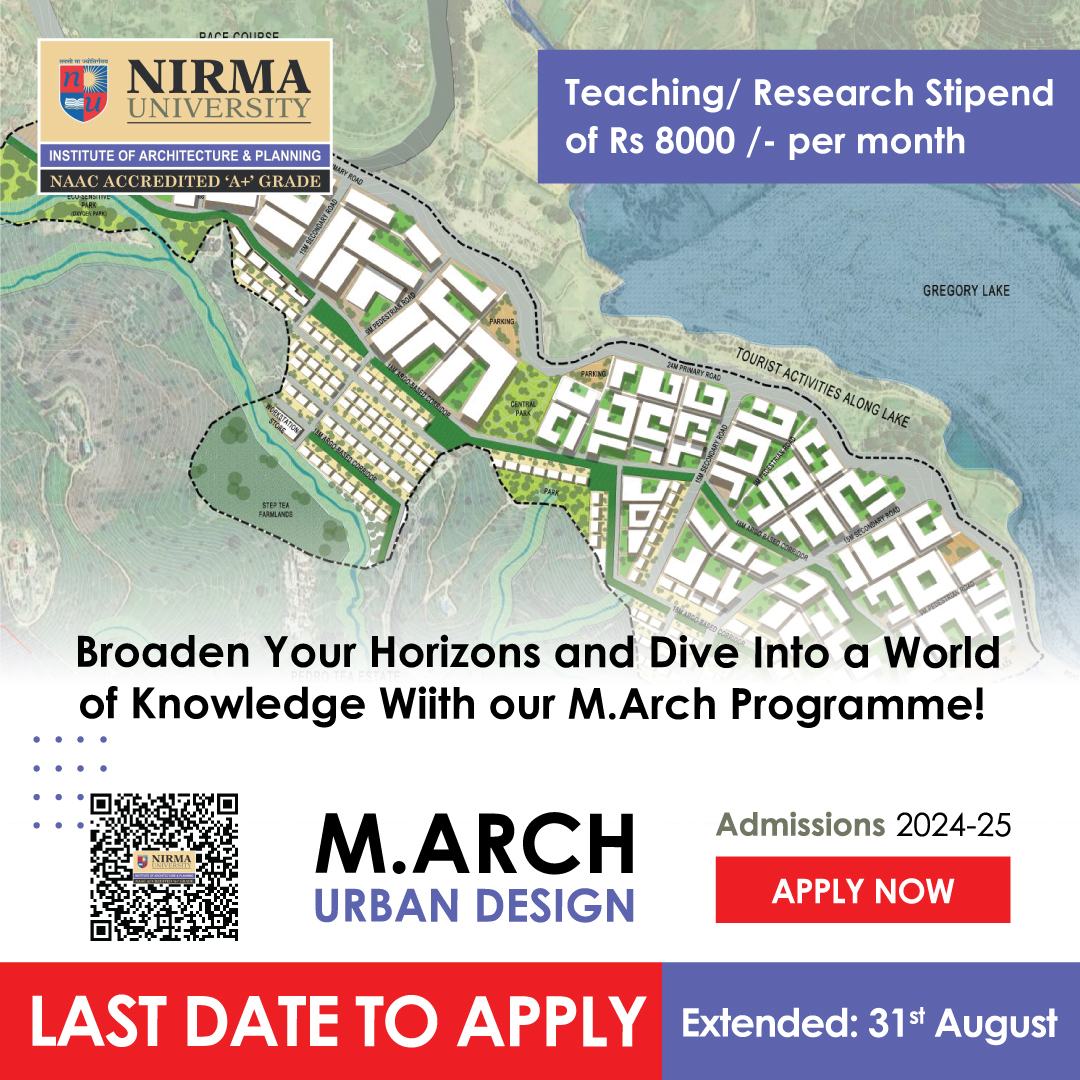Architecture is a dynamic field that constantly evolves to meet the needs of society, address environmental concerns, and embrace technological advancements. For M.Arch students, understanding emerging trends is crucial for staying ahead and preparing for the future. Let’s explore the top five emerging trends in architecture that are reshaping the field and how aspiring architects can make an impact.
1. Sustainable and Green Architecture
Sustainability has been a buzzword for a while, but it has never been more relevant in architecture than it is today. Green building practices are at the forefront of architectural trends as designers seek to minimize environmental impact. This trend includes using eco-friendly materials, designing energy-efficient buildings, and incorporating renewable energy sources like solar panels and wind turbines. M.Arch students should focus on learning how to incorporate green solutions into their designs, as these skills will be essential for creating buildings that are both beautiful and environmentally friendly.
2. Smart and Connected Buildings
As technology advances, so does its role in architecture. Smart buildings equipped with Internet of Things (IoT) devices are becoming increasingly popular. These buildings use technology to monitor and control various systems, such as lighting, heating, and security, making them more efficient and adaptable. For M.Arch students, understanding smart building technology is essential. Familiarity with IoT, building automation, and data analytics can enhance your ability to design structures that not only meet but exceed the demands of modern occupants.
3. Biophilic Design
Biophilic design focuses on connecting people with nature, even in urban environments. This trend involves incorporating natural elements like plants, water features, and natural light into architectural spaces to improve mental health, productivity, and overall well-being. Biophilic design also emphasizes the use of organic shapes and natural materials, such as wood and stone. M.Arch students interested in this trend can explore how to create environments that foster a sense of calm and connection with the natural world, providing a refreshing counterbalance to the hustle and bustle of city life.
4. Adaptive Reuse and Historic Preservation
Adaptive reuse involves repurposing old buildings for new functions, while historic preservation aims to protect and restore structures of cultural significance. As cities grow, so does the need to maximize existing spaces rather than constantly building anew. This trend is particularly appealing for those who wish to blend old-world charm with modern functionality. M.Arch students can specialize in learning how to transform old warehouses into trendy lofts, or revitalize historic buildings into vibrant cultural spaces, all while maintaining respect for the original structure and its history.
5. Parametric Design and Digital Fabrication
Parametric design uses algorithms to generate complex structures, allowing architects to create intricate and innovative designs that would be difficult to achieve manually. This approach often relies on digital fabrication methods like 3D printing and CNC milling, which can produce custom components with precision. By embracing parametric design, M.Arch students can push the boundaries of creativity and efficiency. This trend offers the freedom to experiment with shapes, forms, and materials in ways that were previously unimaginable, making it a vital skill for architects of the future.
Conclusion
These trends reflect the changing priorities in architecture, from sustainability and technology integration to adaptive reuse and innovative design methods. By keeping up with these trends, M.Arch students can position themselves as forward-thinking professionals ready to make a positive impact in the field.
If you’re passionate about these emerging trends and eager to shape the future of architecture, consider enrolling in the Master of Architecture (M.Arch) program at the Institute of Architecture and Planning (IAP) at Nirma University. This program offers comprehensive training in the latest architectural trends and techniques, equipping you with the skills needed to thrive in a competitive industry. Admissions for 2024 are now open, so don’t miss the chance to take the next step in your architectural journey.
Apply today and start building your future with IAP at Nirma University!




